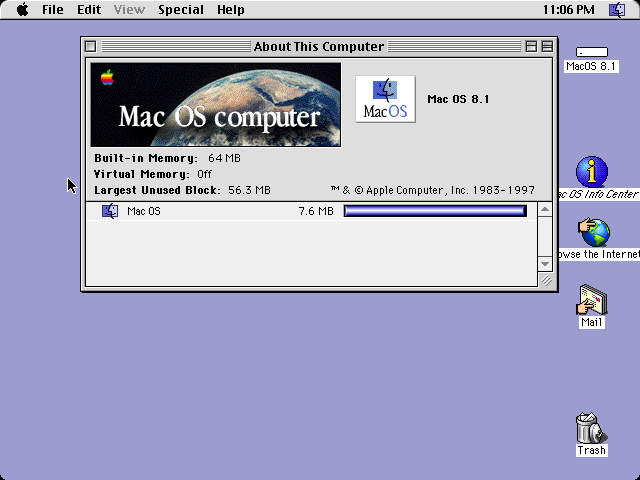

Also, Crop gets quite flakey after a few uses. The Find Duplicates feature has never worked that well and, in the latest version, doesn't seem to work at all on OS X. There are several features that I find compelling that don't, as yet, work as advertised. Ma15:49 EST #2 I keep trying out iView, but have yet to take the plunge.I haven't had a single program crash in nearly a year of use. Ma23:42 EST #1 I'm even more enthusiastic about iView MediaPro than Gregory Tetrault is because I've been using it under OS X where I've found it to be completely stable.You also can control iView MediaPro with applets or AppleScripts written within other applications. You can add scripts by placing them into the Plug-ins:Scripts folder. AppleScripts are useful for certain types of batch tasks such as file renaming and automatic caption creation. It comes with 22 scripts organized into 6 groups in the AppleScript menu. The resultant files can be imported into database programs or used as merge files with Microsoft Word or other word processors.ĪppleScript is fully supported by iView MediaPro. Files can be saved as comma- or tab-delimited text. You can export text information from your catalog using the Text Table… feature. CD-ROM archiving works with Toast and Apple’s Disc Burner. The Make menu has options related to backup and archiving of catalog files to hard drives, removable magneto-optical media, or CD-ROMs. You can also save conversion options for reuse with other sets of files. The big advantage of using iView MediaPro is that it can perform batch conversions. It uses QuickTime or other third-party applications for these conversions. IView MediaPro can convert images, movies, and sounds between different formats. You also can print catalog thumbnails directly from iView MediaPro without making contact sheets. The Contact Sheet… menu choice displays a window that lets you set the dimensions of the sheets, the layout of the images, and the resolution, format (JPEG, PICT, PNG, BMP, TIFF, TGA, SGI, Photoshop, MacPaint, or QuickTime Image), and quality of the images. IView MediaPro can create contact sheets that can be saved, edited, or printed. Window showing setup options for creating an HTML gallery. You have the option of overwriting the original file, making a backup before overwriting the original file, or creating a new file that is added to your catalog along with the original. The tools (from left to right) are for cropping adjusting sharpness, brightness, and contrast adjusting hue, saturation, and lightness color correcting (balance) and inverting image colors (negative to positives).

This palette is active only in Media view. iView MediaPro also contains a somewhat misnamed Calibrator palette. You can rotate images by 90 or 180 degrees. The JPEG rotate tool is on the toolbar and in the Action menu. IView MediaPro also includes image modification tools. Users can add comments to changed versions, and Version Control records the identity of each user who edited a file. This feature is especially useful in a workgroup environment. Version Control also tracks file changes and stores each version. A log file tracks file additions or removals from the catalog. It offers version control for each catalog: the original files are backed up into a designated folder (one per catalog). IView MediaPro can help with other aspects of file management. Some of the many formats iView MediaPro can handle. You can also add text or voice annotations to files. Besides these predefined fields, iView MediaPro allows you to add up to 16 custom fields. Sets can be displayed in a tree diagram format. iView MediaPro creates sets automatically based on the name of your files’ enclosing folders. The In Sets category displays which set the file belongs to within the catalog. Photo lists the EXIF version, FlashPix version, capture date, and a long list of camera-specific information such as shutter speed, aperture, focal length, lens, flash mode, etc. Device information only applies to images and includes maker, model, software, and format. For text files, it includes the number of paragraphs and characters. Media information includes encoding (again), image dimensions, resolution, bit depth, compression ratio, color space (RGB or CMYK), color profile, and number of pages. File information includes the type of file (image, movie, font, sound, etc.), its size, the application used to create it, its Macintosh file type (PICT, text, MooV, etc.), encoding (Photo-JPEG, TrueType, MP3, etc.), and creation, modification, and archived dates. Information about the items in a catalog are divided into five groups: File, Media, Device, Photo, and In Sets.


 0 kommentar(er)
0 kommentar(er)
